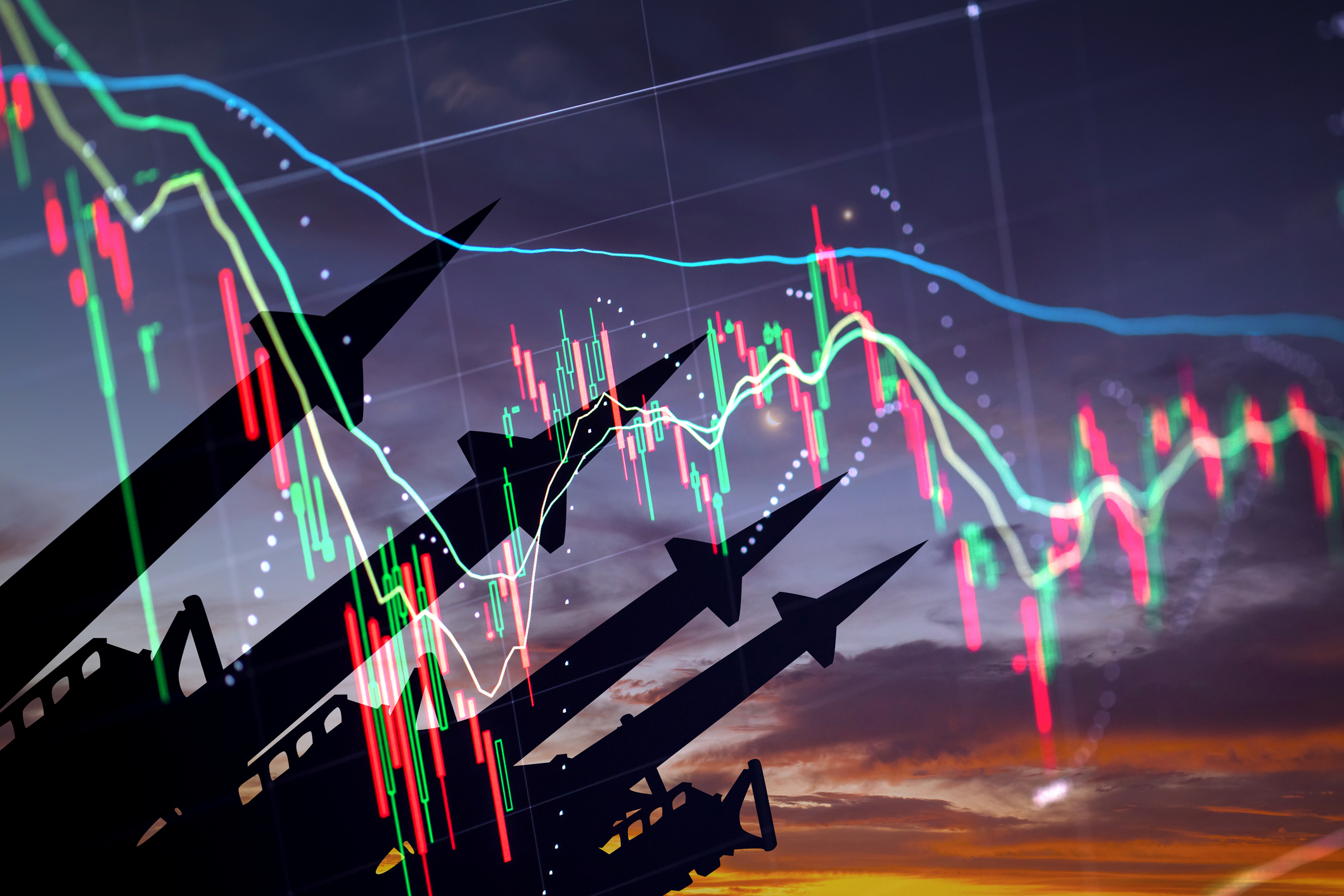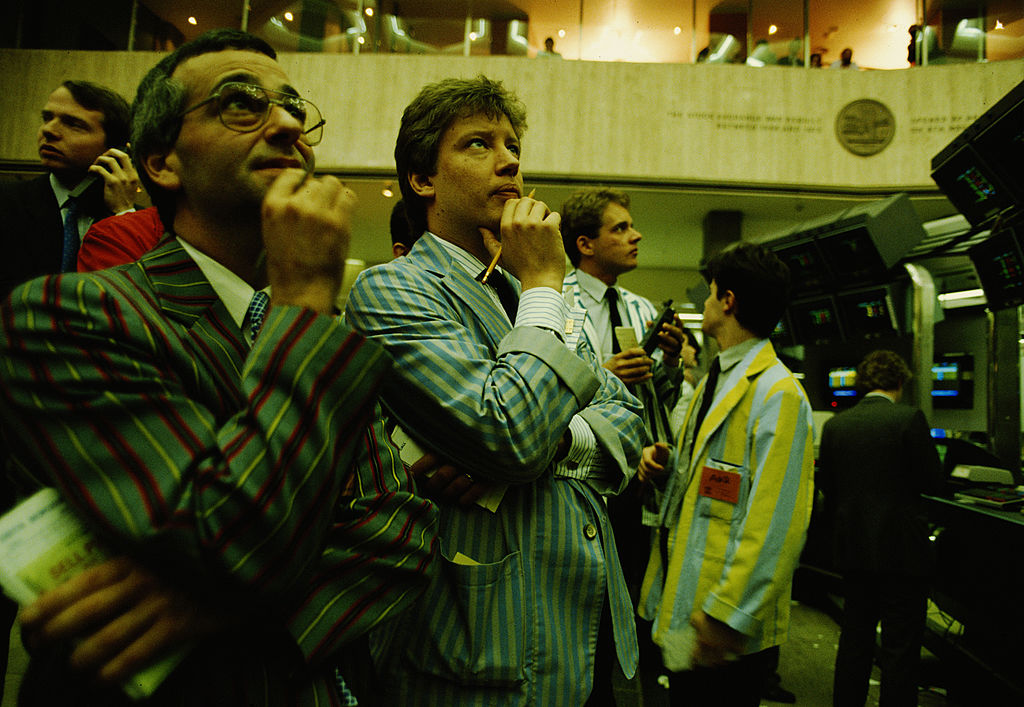Emerging-market investors shun cheap stocks for pricey internet plays
Emerging-market investors are piling into high-priced internet businesses and shunning cheap stocks.


Emerging markets are changing – or at least some of their stockmarkets are. The largest firms in the MSCI Emerging Markets index were once banks, oil firms or miners. Now the top places are held by the Chinese internet giants Alibaba and Tencent, followed by Korean electronics conglomerate Samsung Electronics and Taiwanese chipmaker Taiwan Semiconductor Manufacturing. Further down the top ten you find Meituan-Dianping (a Chinese firm that offers food delivery, online booking and voucher deals), JD.com (China’s Amazon) and Naspers (a South African internet group with investments in several countries). Investors are also flocking to US-listed firms such as MercadoLibre (a Latin American eBay) and SEA (which offers online gaming, ecommerce and digital finance services in Southeast Asia).
All of these stocks are soaring, some by staggering amounts. Meituan-Dianping has gained 250% in a year, while SEA has surged 900% in 18 months. Valuations for the internet firms (the hardware stocks are lower) range from a price/earnings ratio (p/e) of 40-50 for Alibaba and Tencent to meaninglessly high (SEA, valued at $50bn, has yet to make a profit).
Priced for pessimism
We often say that the emerging markets look cheap, but the MSCI Emerging Markets was on a p/e of 17.4 at the end of July. Given that this won’t fully account for the impact of Covid-19 on earnings, a p/e in the high teens doesn’t look like a bargain. However, if you exclude a few of the high-priced tech stocks – most importantly Alibaba and Tencent, which together account for 14% of the index – valuations drop: I’d estimate the rest of the index is on a p/e of around ten to 11. There is a large pool of unloved and cheap stocks that have recovered little since March.
MoneyWeek
Subscribe to MoneyWeek today and get your first six magazine issues absolutely FREE

Sign up to Money Morning
Don't miss the latest investment and personal finances news, market analysis, plus money-saving tips with our free twice-daily newsletter
Don't miss the latest investment and personal finances news, market analysis, plus money-saving tips with our free twice-daily newsletter
It’s understandable that investors are wary. Risks are high. Emerging market countries mostly have less leeway to support their economies through this crisis. Many are geared towards commodities; their fortunes depend on how quickly energy and metals prices recover. Others rely on export manufacturing; if globalisation goes into reverse and factories shift back to North America or Europe, that will be a major headwind for their economic development. Individual risks abound: almost every country has worse political leadership than it did a decade ago, for example.
Nonetheless, much of the market is priced as if everything possible will go wrong. That seems unlikely – and if it does, it probably wouldn’t be that great for the high-priced internet stocks either. When the impact of Covid-19 fades, the opportunities this has created should give value investors a much greater chance to excel.
I wish I knew what core-satellite investing was, but I’m too embarrassed to ask
Investing strategies can be split into two broad types. Passive investments aim to earn the same return as the wider market as cheaply as possible, by buying all the stocks in an index such as the FTSE 100 or the S&P 500. Active strategies aim to earn a higher return by only investing in a smaller number of specific stocks or bonds that look particularly attractive. Core-satellite investing tries to combine both approaches to produce a portfolio that has low overall costs but may still be able to beat the market.
The core of the portfolio is one or more passive funds. This investment will usually be as broad as possible: it will either track your main domestic stockmarket index or a global benchmark such as the MSCI World or FTSE World index. You might put 50% of your portfolio in your core fund or funds – the exact amount varies depending on your aims and how much risk you want to take.
The satellites are a series of smaller investments – in this case, you might hold five of these with 10% of the portfolio in each. These will often be active funds in areas in which you think that individual managers have a greater chance to outperform the market: in theory, a skilled manager should have more chance of beating the market in under-researched small stocks than in large firms that are studied by many other managers and analysts. Alternatively, you might choose to use a tracker fund that focuses on a single country or sector if you think it looks very cheap or has excellent growth prospects.
Since each satellite is relatively small compared with the overall portfolio, core-satellite investing is only likely to deliver better performance if the potential returns in the satellites are significantly higher than the core. Portfolios that use lots of mediocre active funds in the satellites (or worse still, in the core) are unlikely to do consistently better than a broad passive fund, but will be more complex to run.
Get the latest financial news, insights and expert analysis from our award-winning MoneyWeek team, to help you understand what really matters when it comes to your finances.
Cris Sholto Heaton is an investment analyst and writer who has been contributing to MoneyWeek since 2006 and was managing editor of the magazine between 2016 and 2018. He is especially interested in international investing, believing many investors still focus too much on their home markets and that it pays to take advantage of all the opportunities the world offers. He often writes about Asian equities, international income and global asset allocation.
Cris began his career in financial services consultancy at PwC and Lane Clark & Peacock, before an abrupt change of direction into oil, gas and energy at Petroleum Economist and Platts and subsequently into investment research and writing. In addition to his articles for MoneyWeek, he also works with a number of asset managers, consultancies and financial information providers.
He holds the Chartered Financial Analyst designation and the Investment Management Certificate, as well as degrees in finance and mathematics. He has also studied acting, film-making and photography, and strongly suspects that an awareness of what makes a compelling story is just as important for understanding markets as any amount of qualifications.
-
 300,000 remote workers to miss out on working from home tax relief
300,000 remote workers to miss out on working from home tax reliefThousands of workers forced to work from home will no longer benefit from the working from home tax relief next year. How will it affect you?
-
 How to tap into AI energy stocks
How to tap into AI energy stocksOne certainty about generative AI is that it is hugely energy-intensive. Companies providing that power look set to capture the benefits.
-
 Big Short investor Michael Burry closes hedge fund Scion Capital
Big Short investor Michael Burry closes hedge fund Scion CapitalProfile Michael Burry rightly bet against the US mortgage market before the 2008 crisis. Now he is worried about the AI boom
-
 The global defence boom has moved beyond Europe – here’s how to profit
The global defence boom has moved beyond Europe – here’s how to profitOpinion Tom Bailey, head of research for the Future of Defence Indo-Pac ex-China UCITS ETF, picks three defence stocks where he'd put his money
-
 Profit from a return to the office with Workspace
Profit from a return to the office with WorkspaceWorkspace is an unloved play on the real estate investment trust sector as demand for flexible office space rises
-
 New frontiers: the future of cybersecurity and how to invest
New frontiers: the future of cybersecurity and how to investMatthew Partridge reviews the key trends in the cybersecurity sector and how to profit
-
 An “existential crisis” for investment trusts? We’ve heard it all before in the 70s
An “existential crisis” for investment trusts? We’ve heard it all before in the 70sOpinion Those fearing for the future of investment trusts should remember what happened 50 years ago, says Max King
-
 8 of the best properties for sale with wildlife ponds
8 of the best properties for sale with wildlife pondsThe best properties for sale with wildlife ponds – from a 16th-century house in the Ashdown Forest, to a property on Pembrokeshire’s Preseli Hills
-
 Why a copper crunch is looming
Why a copper crunch is loomingMiners are not investing in new copper supply despite rising demand from electrification of the economy, says Cris Sholto Heaton
-
 Where to look for Christmas gifts for collectors
Where to look for Christmas gifts for collectors“Buy now” marketplaces are rich hunting grounds when it comes to buying Christmas gifts for collectors, says Chris Carter
